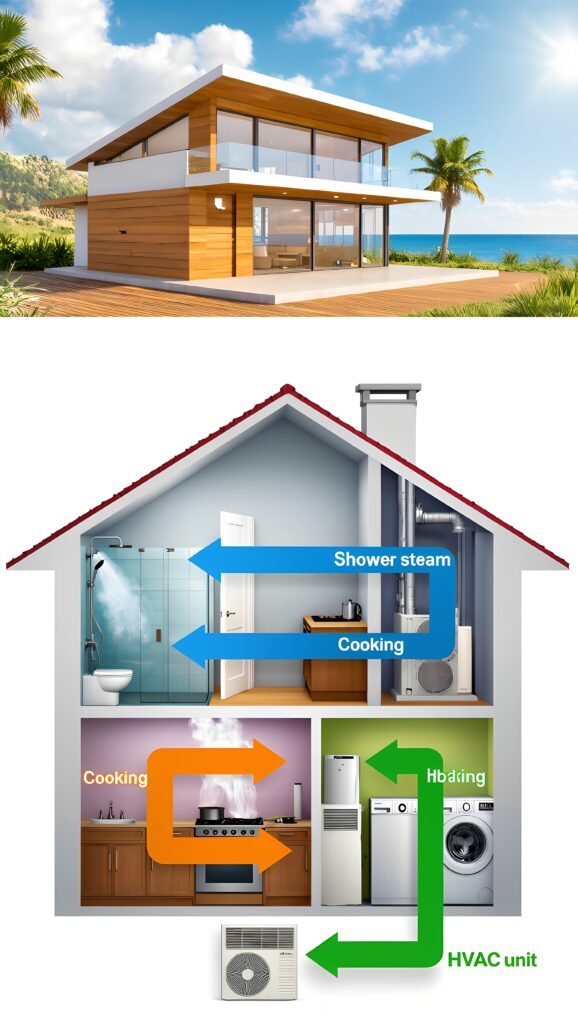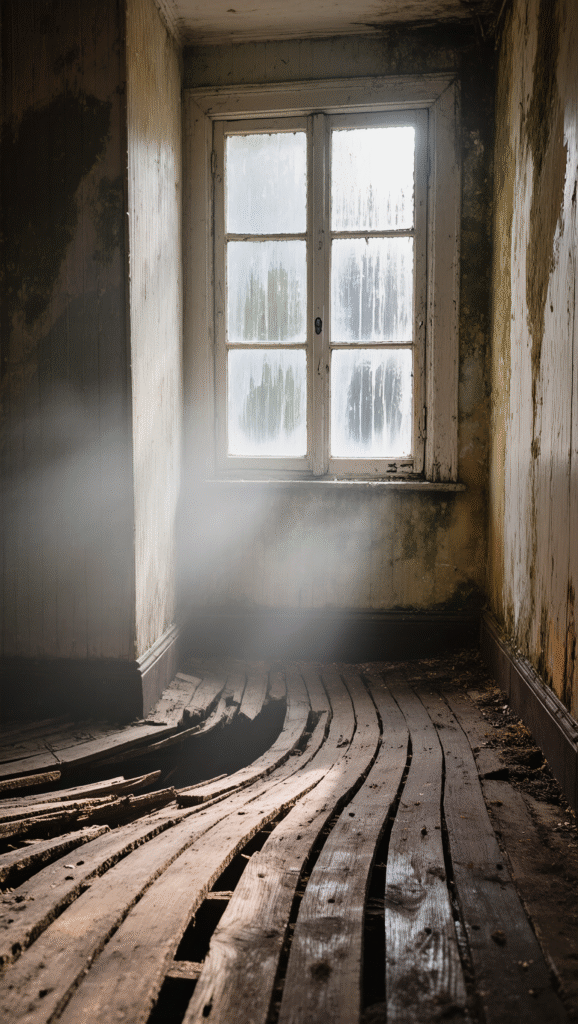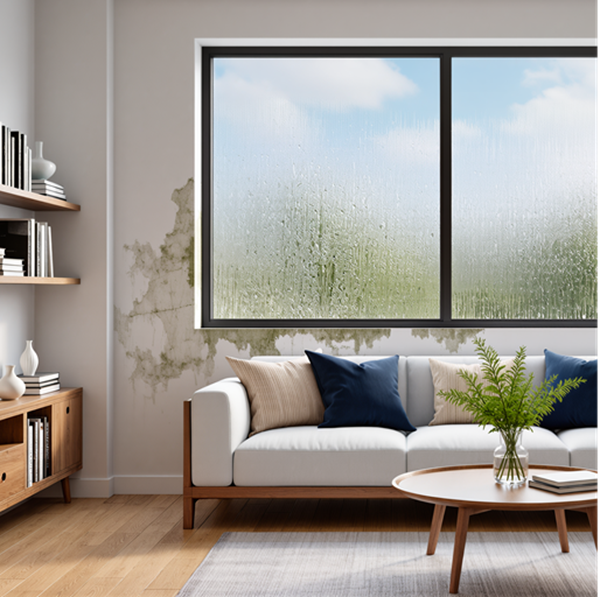Patriots Point Naval & Maritime Museum


Understanding the Humidity Challenge
The phenomenon of high humidity in coastal regions, particularly prevalent in the lowcountry, presents unique challenges for homeowners. The constant presence of warm, moist air is a characteristic feature of areas situated near large bodies of water. This marine influence is coupled with the natural climatic conditions that facilitate the accumulation of humidity, resulting in elevated moisture levels throughout the year. Consequently, high humidity can significantly alter indoor environments, making it crucial to comprehend the underlying causes and effects of this condition. One of the primary issues stemming from excess moisture is the proliferation of mold. Mold thrives in environments where humidity is consistently high, leading to potential structural damage and health problems for inhabitants. In a coastal home, mold can form on walls, ceilings, and furnishings, resulting in not only costly repairs but also undesirable odors and aesthetics. Musty odors are an immediate indicator that mold is present, often serving as a frustrating reminder of the need for effective humidity control. Furthermore, high humidity adversely affects indoor air quality. The presence of excess moisture creates a favorable environment for dust mites and various allergens, which can trigger respiratory issues, especially in sensitive individuals. These microscopic organisms flourish in humid settings, contributing to a range of health concerns, including asthma and allergic reactions. Therefore, understanding the humidity challenge is imperative for maintaining a healthy indoor atmosphere in coastal homes. Addressing these humidity-related issues requires proactive measures to ensure structural integrity and promote a clean living space. By implementing effective strategies, homeowners can significantly mitigate the negative effects of high humidity, ensuring a more comfortable and healthier environment.
The Consequences of Ignoring Humidity
Neglecting humidity control in coastal homes can lead to a cascade of detrimental effects that compromise structural integrity and overall living conditions. Excess moisture accumulation can weaken essential building components over time, undermining the safety and stability of residential properties. One significant concern is the deterioration of wooden structures, which are particularly susceptible to rot and decay in humid environments. As humidity penetrates wood, it fosters the growth of mold and mildew, leading to costly repairs and potentially hazardous living conditions. In addition to affecting wooden frameworks, high humidity levels can have adverse impacts on walls, ceilings, and floors. Paint and wallpaper may peel, crack, or develop stains as dampness infiltrates these surfaces. Moreover, consistent moisture can cause drywall to degrade, resulting in structural weaknesses that necessitate extensive repairs. Homeowners who fail to address humidity issues often discover that seemingly minor cosmetic damage evolves into substantial renovations, leading to considerable financial strain. Furthermore, excess humidity can adversely affect furniture and personal belongings. Upholstered items, such as sofas and chairs, may absorb moisture, leading to unpleasant odors, discoloration, and a decrease in comfort. Electronics are also vulnerable; moisture can cause circuit malfunctions and irreversible damage. It is essential for residents in humid coastal environments to recognize that neglecting humidity can have immediate and long-term repercussions that extend beyond aesthetic concerns. Proactive measures to manage humidity are crucial for preserving not only the structure of a home but also the health and well-being of its occupants. In conclusion, addressing humidity in coastal homes is not merely an option but a necessity to prevent significant, long-term issues. By prioritizing humidity control, homeowners can safeguard their properties from extensive damage, thus enhancing the quality of their living environment.
Essential Tools for Identifying Humidity
A hygrometer is a must-have tool for any coastal home, especially in high-humidity areas like the Lowcountry. It measures indoor humidity levels, helping you stay ahead of mold, mildew, and moisture damage. By monitoring your home's humidity in real time, you can make informed decisions about ventilation, dehumidifiers, and air conditioning—keeping your space comfortable, healthy, and protected year-round. It's a small investment that delivers big peace of mind.
Essential Tools for Managing Humidity
One of the most effective methods for humidity control is the use of dehumidifiers, which are specifically designed to extract excess moisture from the air. These appliances come in many sizes and capacities, allowing homeowners to choose a model that best suits their needs.






